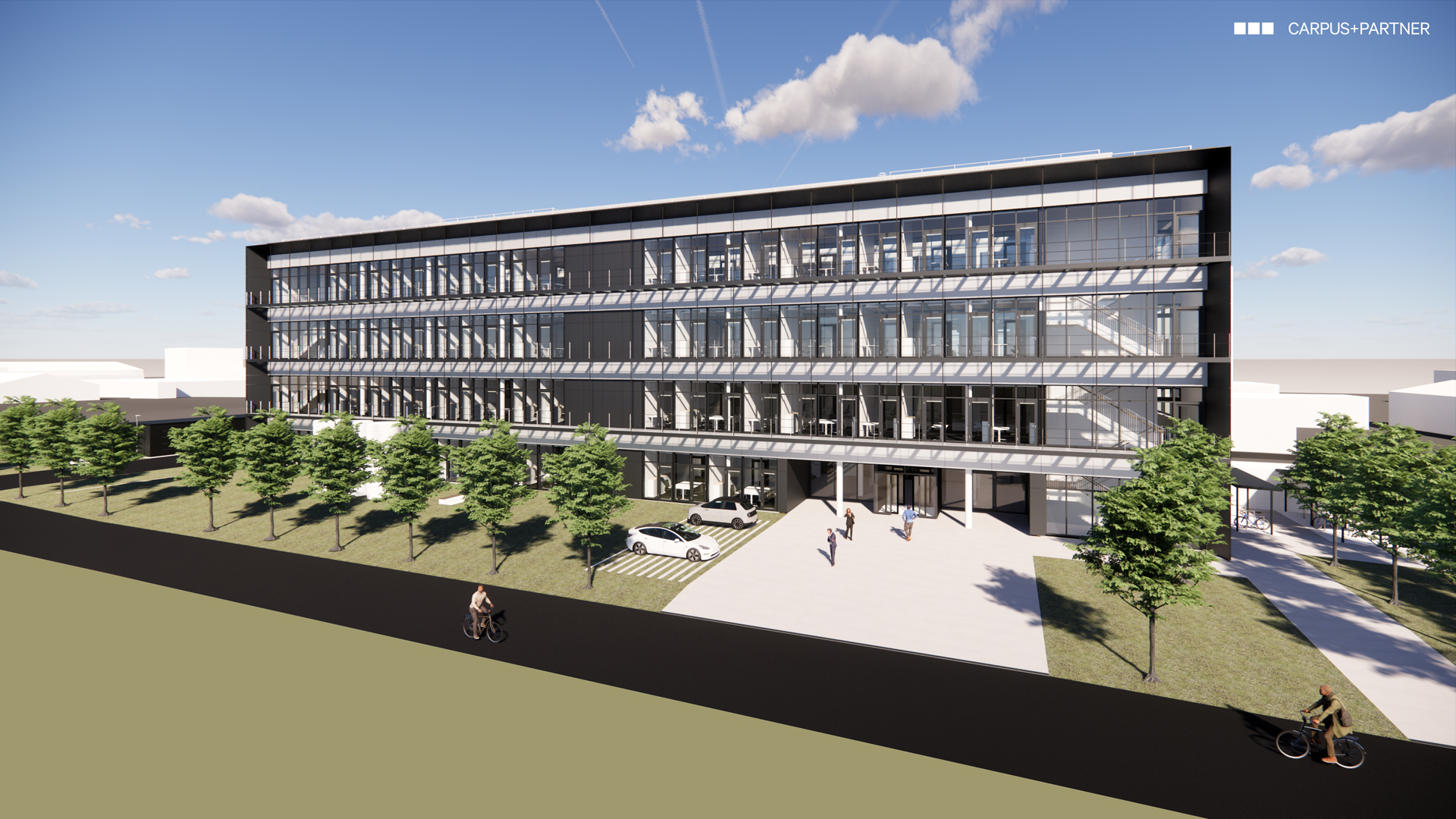
Research building approved
New methods for top-level research
- von Thomas Wittek
- 08.07.2022
Funding for the new ACTIVE SITES research building has been secured: Following the Science Council, the Joint Science Conference (GWK) has now also given green light for the new 70-million-euro building. The costs are shared by the federal and state governments and the UDE. With ACTIVE SITES the UDE gains a centre of international renown at which so-called active sites are researched in an aqueous environment. These have an important role in chemical and biological processes, such as energy conversion, water purification and active subtances development. Starting 2026, scientists from various disciplines will conduct research together in state-of-the-art laboratories.
"The concept for the new research building had already been rated as 'outstanding' by the Science Council," says Rector Prof. Barbara Albert. "The final decision for funding by the GWK is a great success and confirmation that we are on the right track."
The goal of the project is to develop new methods based on large-scale instruments that use knowledge from different disciplines to study active centres. Active sites are understood to be binding and reaction sites for molecules. The challenge here is to observe the course of reactions live and in their natural environment. "Until now, active sites have mostly been analyzed either in artificial environments or only indirectly, by comparing them before and after the reaction," explains Prof. Corina Andronescu, a technical chemist and deputy spokesperson of ACTIVE SITES. "We want to visualize the reaction in the natural aqueous environment. To do this, we will develop a set of methods that specifically brings together and combines expertise from the different fields of chemistry, biology, physics and engineering. This approach of working across disciplines as well as across substances is unique so far."
The knowledge gained can be used to influence reactions and steer them in desired directions. In this way, basic research could help to find answers to currently pressing questions, such as how individual cells in the ecosystem or even global biogeochemical cycles can be deciphered. Many industry-relevant processes are also likely to benefit from the new set of methods: processes such as Carbon Dioxide reduction or hydrogen production could be improved.
The new building will reflect the interdisciplinary approach. The plans contain many open work spaces and shared laboratories. These are intended to encourage exchange and can be flexibly adapted to the needs of different research groups. The building will be constructed on the site Am Thurmfeld, which is adjacent to the north of the existing campus in Essen. Construction is scheduled to begin in 2023, with the first researchers moving in 2026.
Picture: This is what the ACTIVE SITES research building will look like, here you can see the west side with the entrance area. It will be built on the site Am Thurmfeld in Essen.
Further information:
https://www.uni-due.de/activesites/
Prof. Corina Andronescu, Institute of Technical Chemistry, corina.andronescu@uni-due.de
Editor: Dr. Thomas Wittek, 0203/37 9-2430, thomas.wittek@uni-due.de
